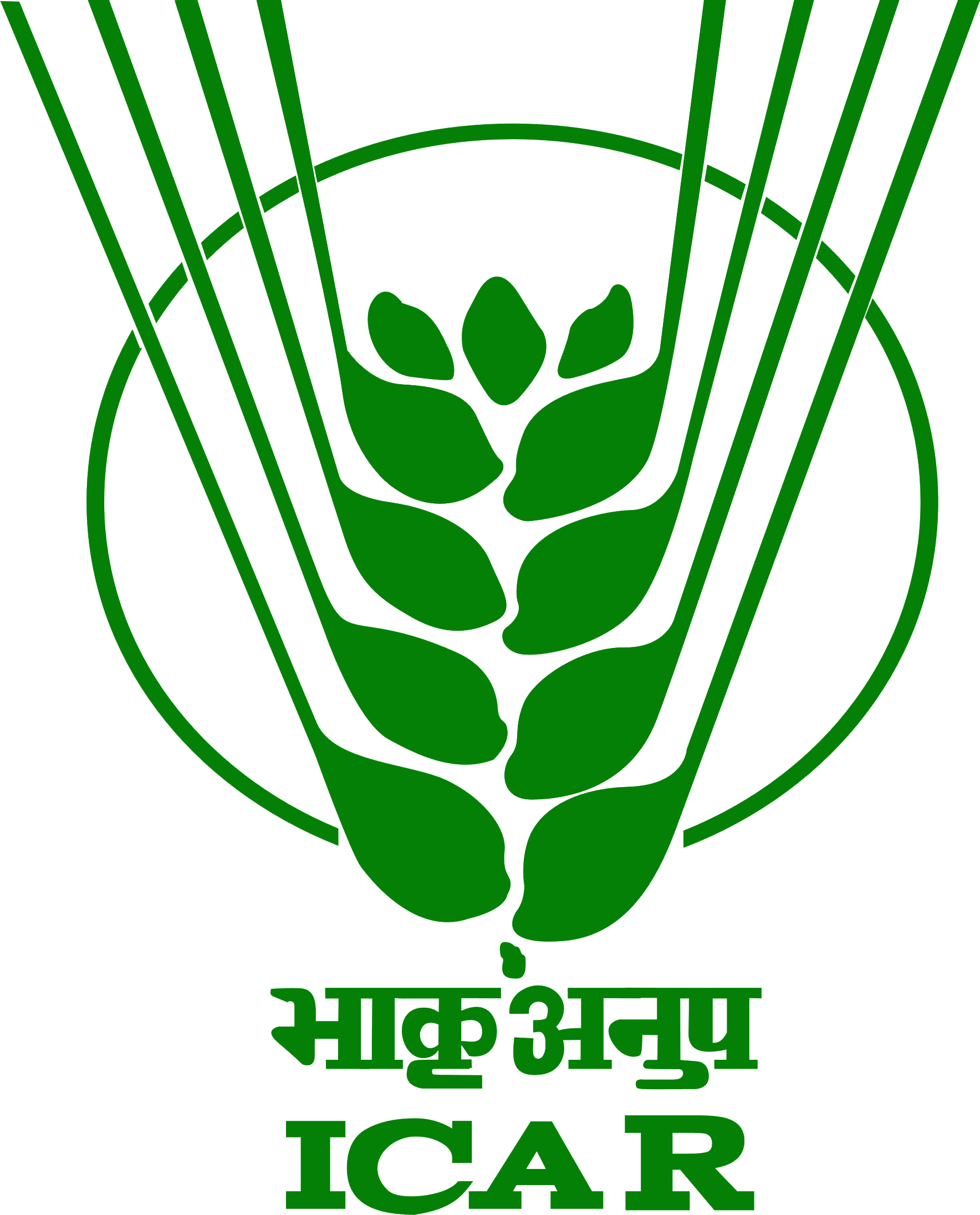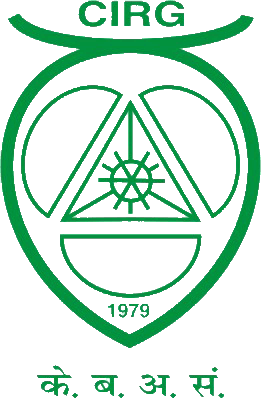



Select Language
|
 |
 |
All India Coordinated Research Project on Goat Improvement |
 |

|
Ganjam Field Unit, Orissa University of Agriculture & Technology, Bhubaneswar, OdishaPrincipal Investigator
Activity assigned and targets fixed for each activity during the periodThe Ganjam goats remains in the field all the times. The unit has been given responsibility to improve the production and productivity of Ganjam goats. For this field data recording of on growth, reproduction, health and selection of superior bucks and implementation of technologies were main work assigned on to this Unit.
Activity carried out during the periodAs per technical programme of field units. Detailed AchievementsThe Ganjam field unit located at OUA&T, Bhuvaneshwar had three village centres identified in different blocks of Ganjam district where the concentration of animals were high and response of farmers is encouraging. A total of three new villages Bharasa, D. Guhariapat and K. Guhariapat in the Khallikote centre were adopted. Gola community mostly rears Ganjam goats. The goats are migrated from one place to another in search of browsing materials. Flock StatisticsThe flock statistics of Ganjam field unit has been presented in Table 1. The Ganjam field unit had a closing balance of goats at Chattarpur, Rambhaand Khallikote centres was 2003, 1197 and 1674, respectively in the year 2013-14. The opening balance of Ganjam goats including all the centres was 8510 and closing balance was 9748 at the end of year. A total number of 980 kids were born in Chhatrapur centre followed by 722 numbers of kids at Rambha centre and 757 kids in Khallikote centre during the reporting period i.e. 1 April 2012 to 31 March 2013. A total number of 936 kids were born in Chhatrapur centre followed by 722 numbers of kids at Rambha centre and 811 kids in Khallikote centre during the reporting period. The mortality in kids was 10.47 % duringthe reporting period. A total of 912 un-castrated males and 872 females were sold from the population during the year.
Body WeightThe least squares means for growth and body weight has been presented in Table 2. The overall least squares means of body weight at birth 3, 6, 9 and 12 month of age were 2.41± 0.02kg, 7.48±0.05 kg, 9.90 ± 0.07kg, 14.49 ± 0.06 kg and 18.38 ± 0.07 kg, respectively. Males were found to be significantly heavier than female counterparts at all stages of growth. The effect of season of birth was found to be non-significant on the body weights at different ages. There has been considerable improvement in body weights at 9 and 12 months age in elite group. There was a significant increase of the body weight at 9 and 12 months of age in comparison of base population average.
Milk ProductionThe average daily milk yield of Ganjam goats was 425.5±10.8 ml. ReproductionThe reproductive performance has been presented in Table 3 and has been calculated on the basis of does available for breeding purpose. A total number of 3757 does were available for breeding during the years 2013-14 at different village centers out of which 2262 kidded. The kidding percentage of Ganjam goat was 60.02. This breed produced only single kids (2455) and there were 4 twins born in 2013-14.
The age at first kidding, wt. at first kidding, and kidding interval were 602.6, 20.4 and 314.3 days, respectively (Table 4). It is observed that the time interval between age at first heat and age at first kidding is about 185 days in Ganjam goats. The service period of Ganjam goats is longer compared to other contemporaries reared in this region. It is observed that the kidding interval of the Ganjam goats was also significantly longer. The longer service period has resulted in longer kidding interval in Ganjam goats.
Health ManagementProphylactic measures were undertaken in the farmer’s flock. A total number of 10112 goats were dewormed and 5500 goats were vaccinated against FMD. A total number of 2312 goats were treated for different diseases in the project area by this field unit in the year 2013-14. The mortality percent in newborn kids was 10.47% under field conditions. Socio-economic ProfileGanjam goats are exclusively reared by Gola Community since generations. Study of socio-economic analysis indicated that most of the goat keepers (50%) had education up to upper secondary level. The average annual income of goat keepers was Rs. 45000 out of which 67 % income were from goat rearing occupation (Table 5) during the year 2013-14. Table 5: Socio-economic profile of goat farmers in Ganjam district
Gaps/constraints/shortfalls/excess and reasons thereof, if anyThe unit is working on a breed which remains in migration for about 6 months therefore pedigree and performance recording is a problem. PC’s evaluation: very good (A) Good (B) poor (C).--------------Good (B)------------ Future programme identifying the activities, timeline and targets for each of the activityThe Unit has to post qualified staff to the project area and implement the technical programme properly. The animal identification is to be done on priority. About 100 male kids are to be identified on the basis of type of birth and weaning weight and selected as future bucks for improvement of breed. RemarksThe flock size maintained by the farmers range from 50 to 250 and a group of four to five farmers mix their goats taking a population ranging from 500 to 1200 which remain in the field. Although, pedigree and performance recording is bit difficult but the unit has to make efforts to implement technical programme of the project properly. | ||||||||||||||||||||||||||||||||||||||||||||||||||||||||||||||||||||||||||||||||||||||||||||||||||||||||||||||||||||||||||||||||||||||||||||||||||||||||||||||||||||||||||||||||||||||||||||||||||||||||||||||||||||||
All India Coordinated Research Project on Goat Improvement Copyright © 2017 PC Unit, ICAR - CIRG, All rights reserved |
Visitor number: 49797 Developed by Shantanu Singh
Last Modified: 07 Apr 2019 |